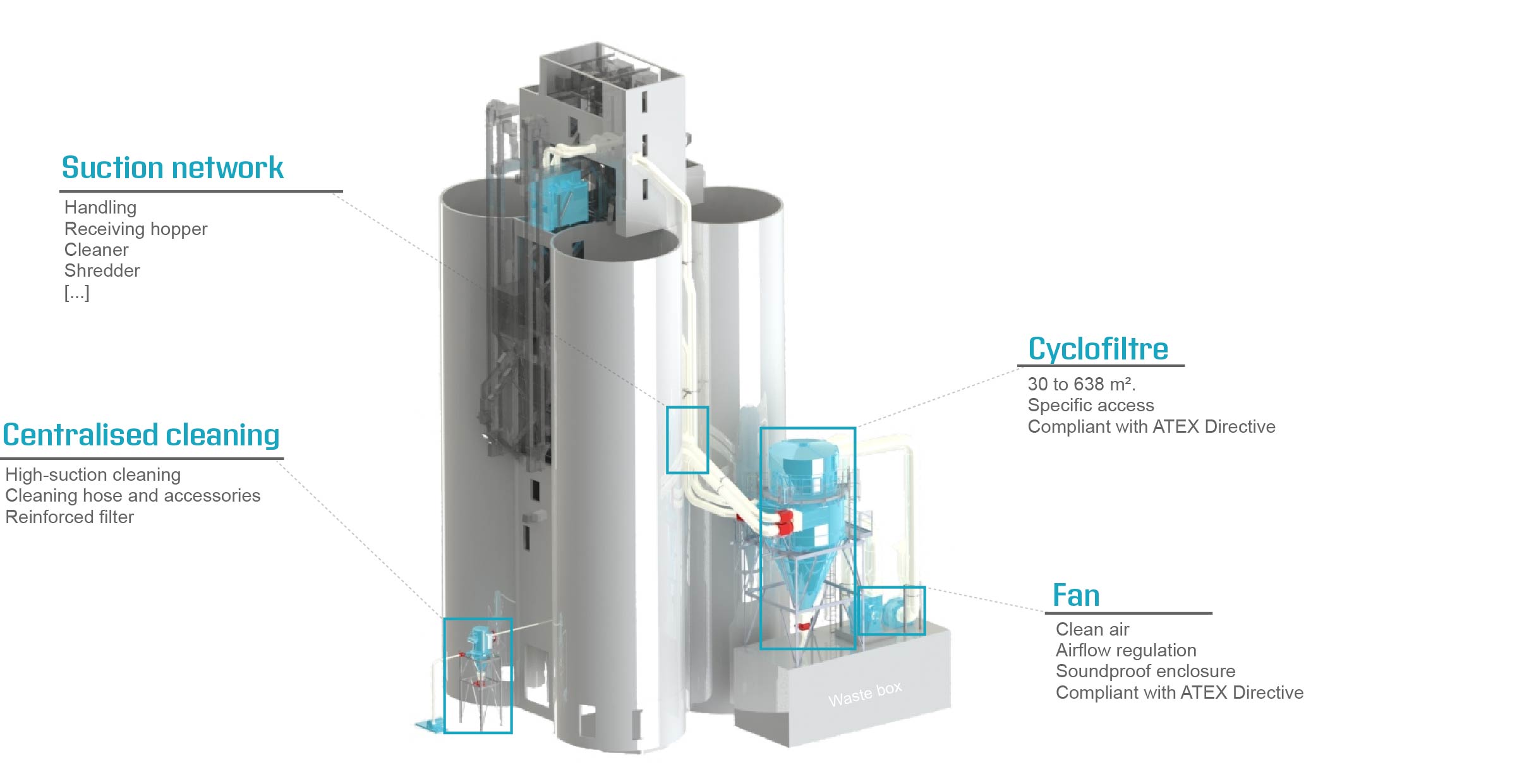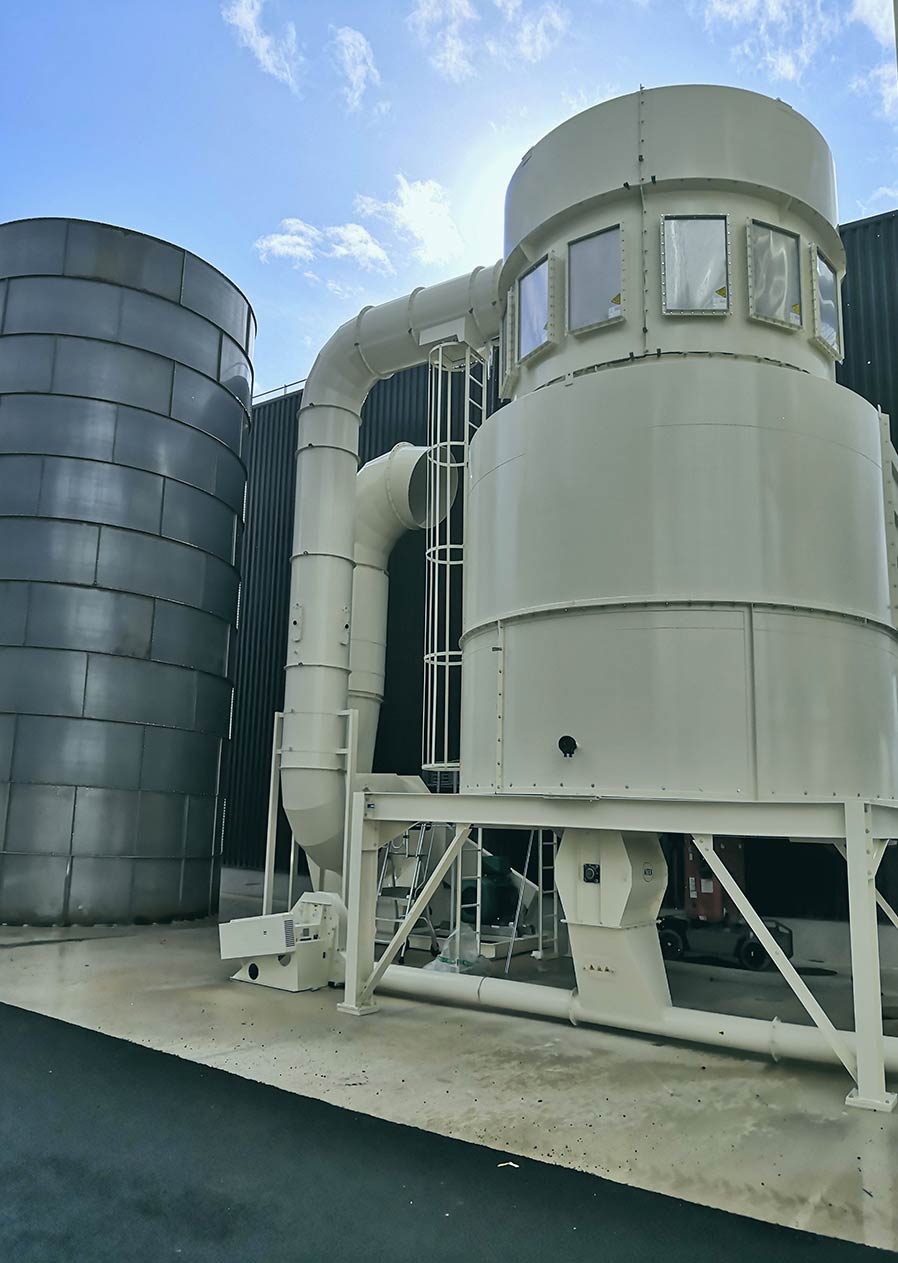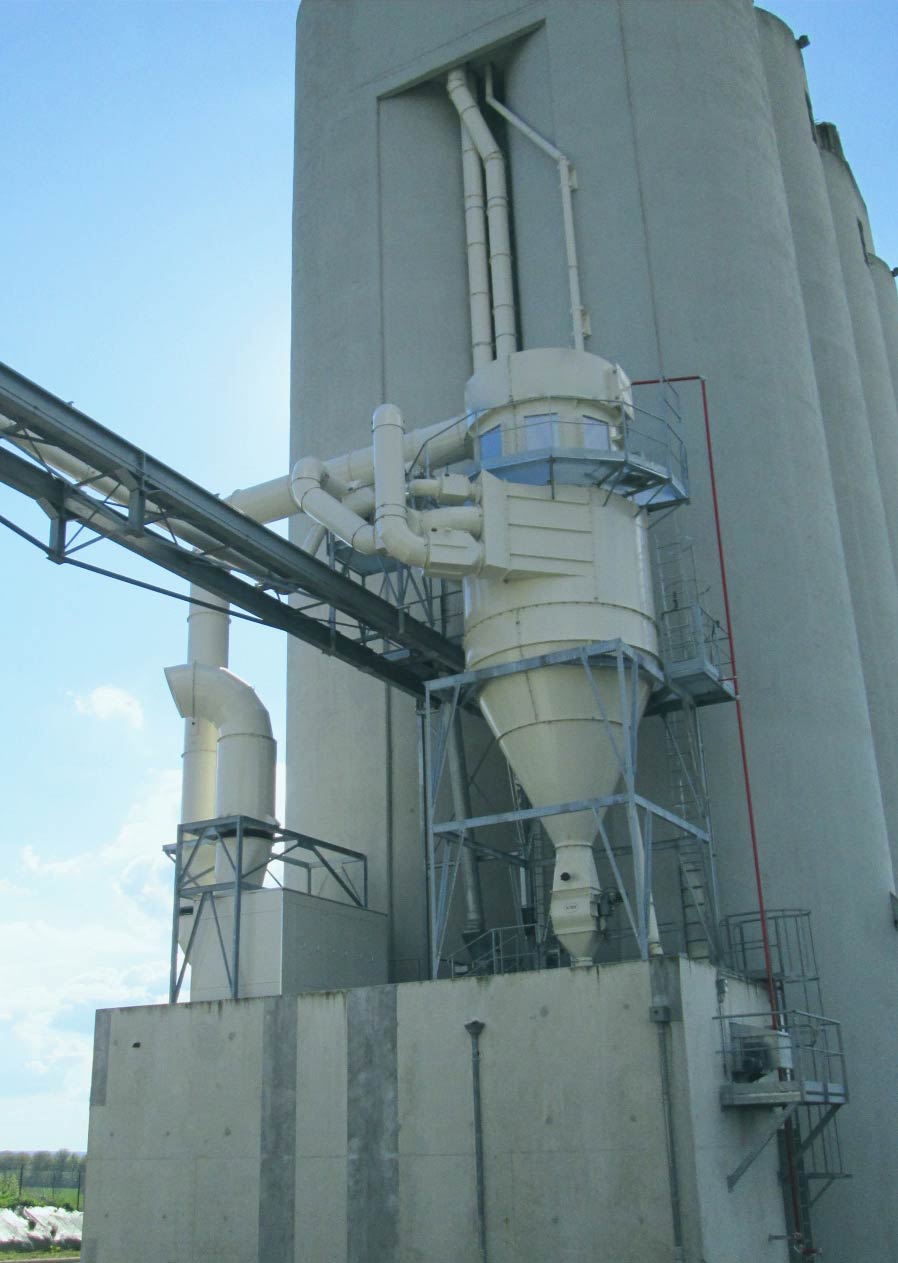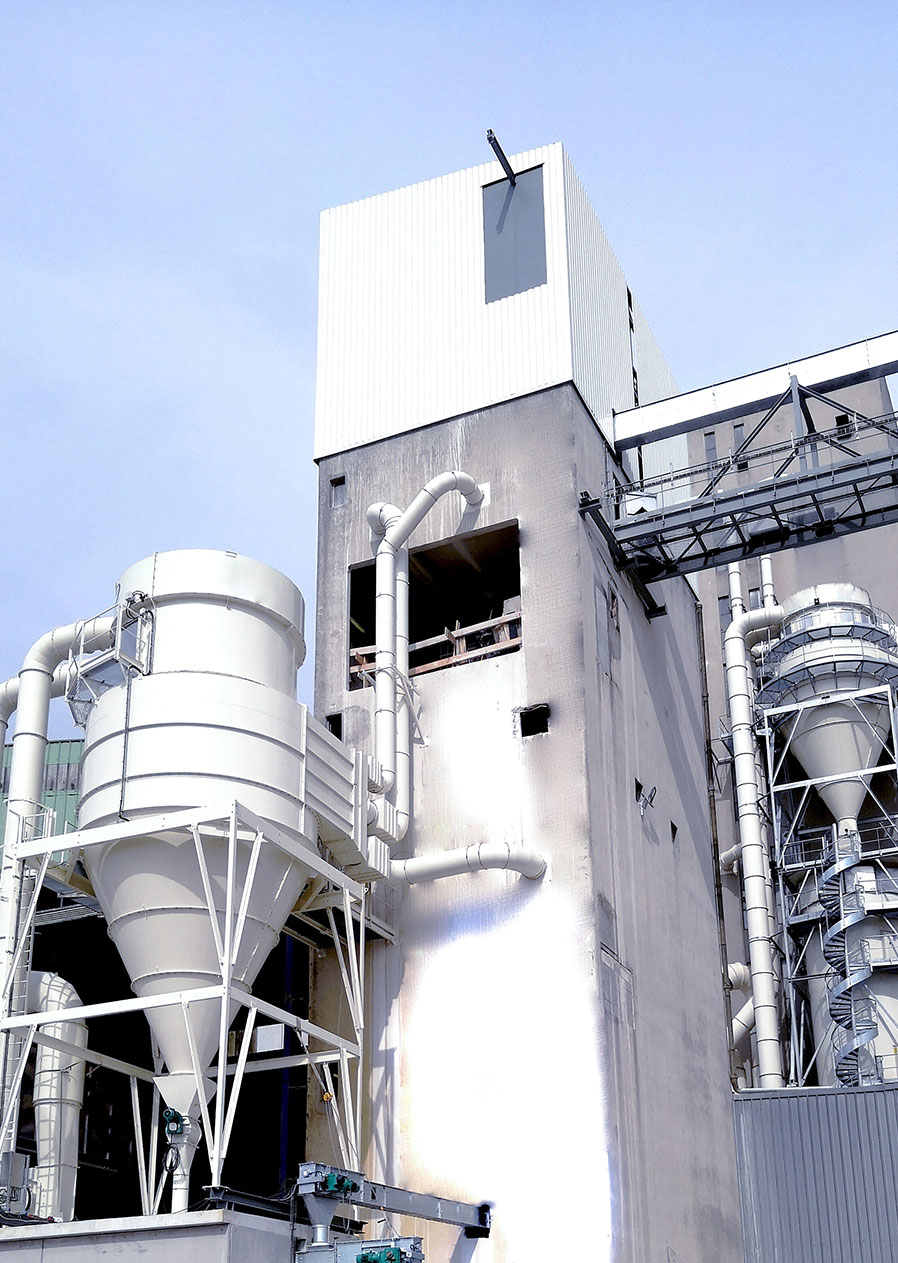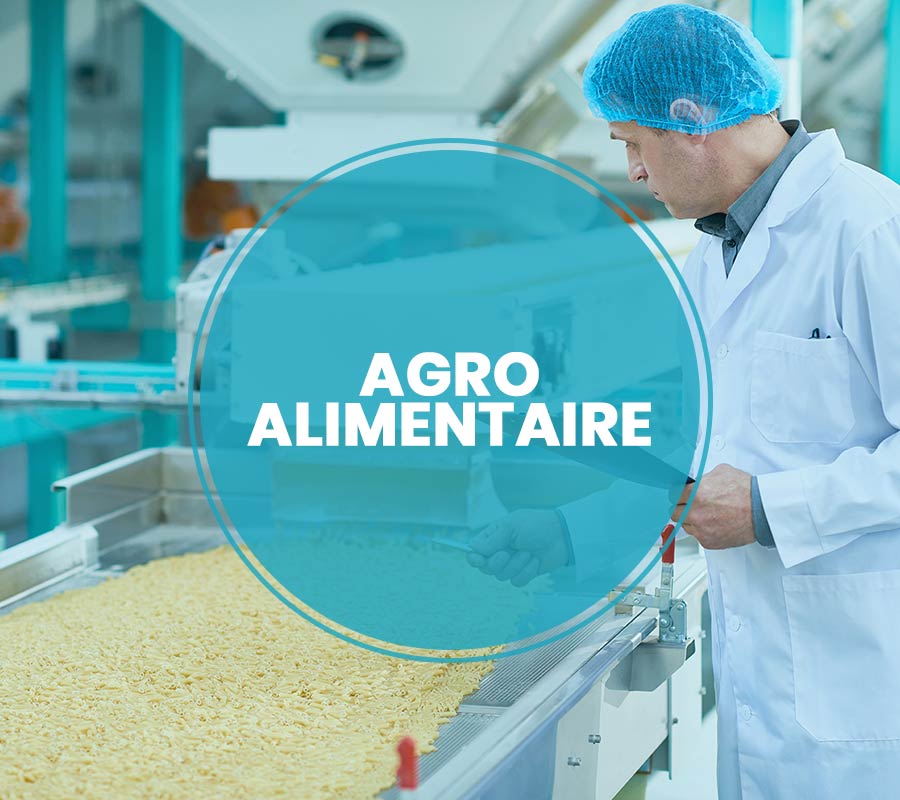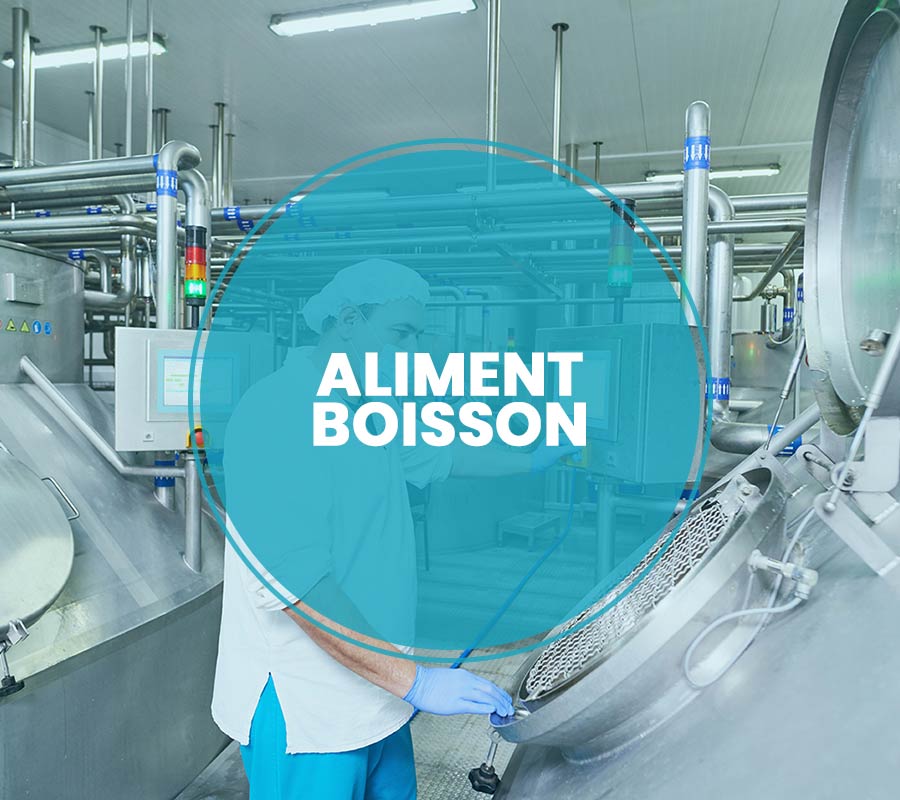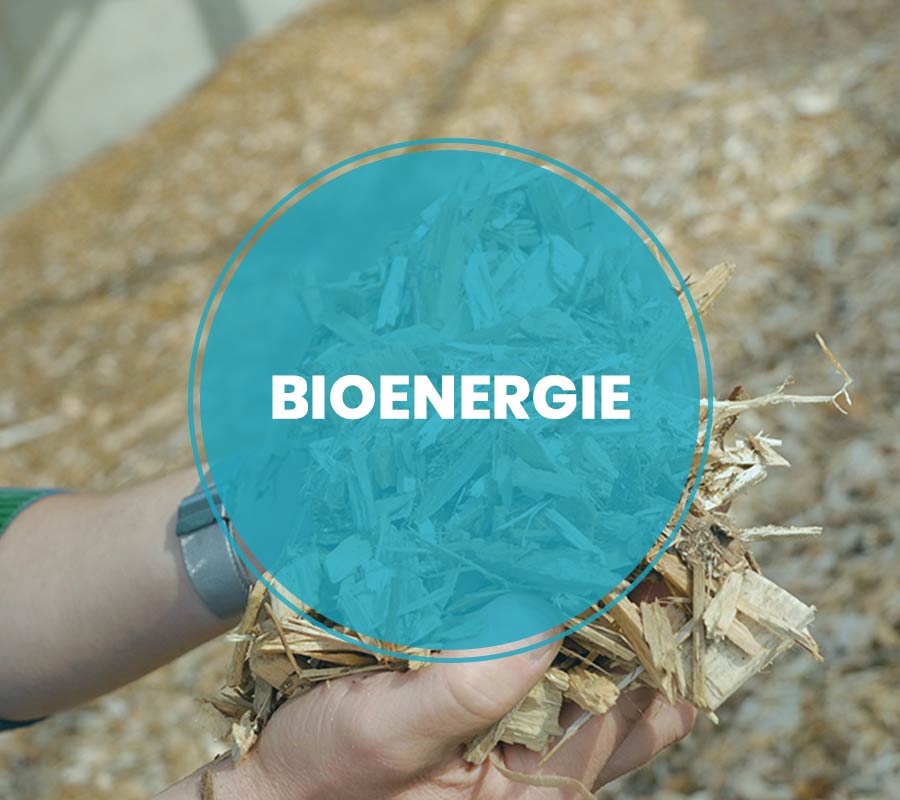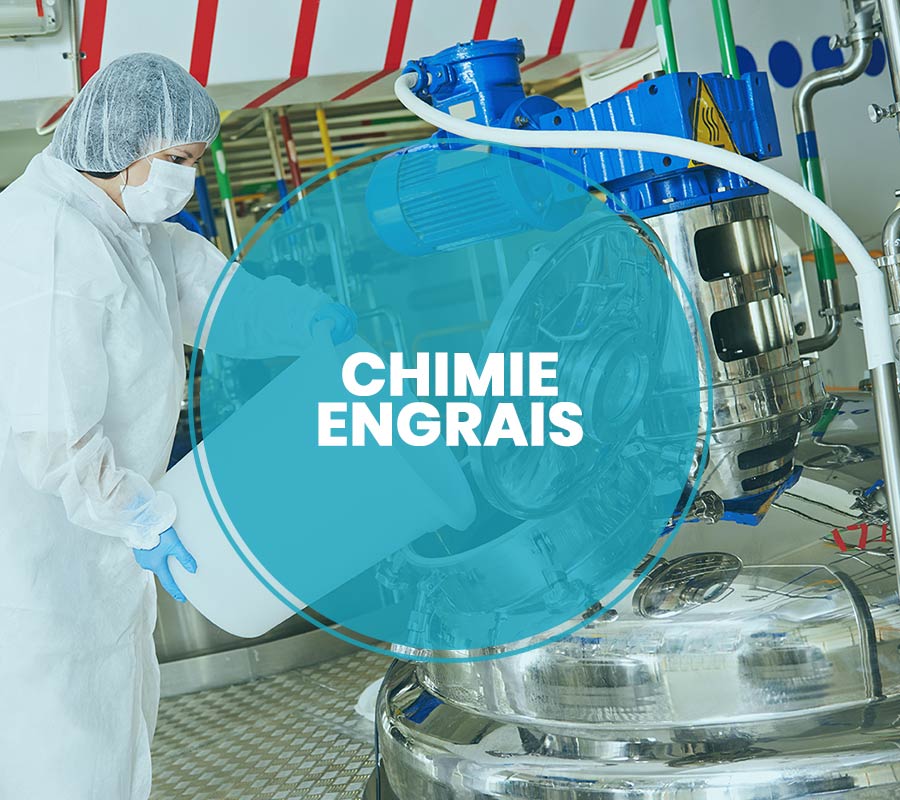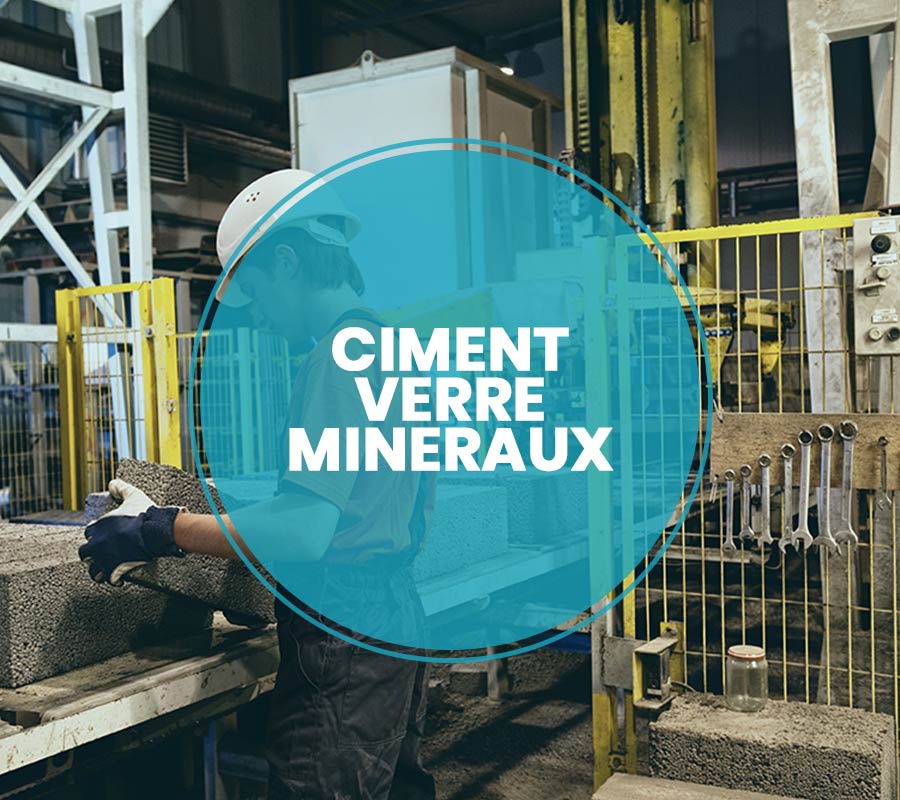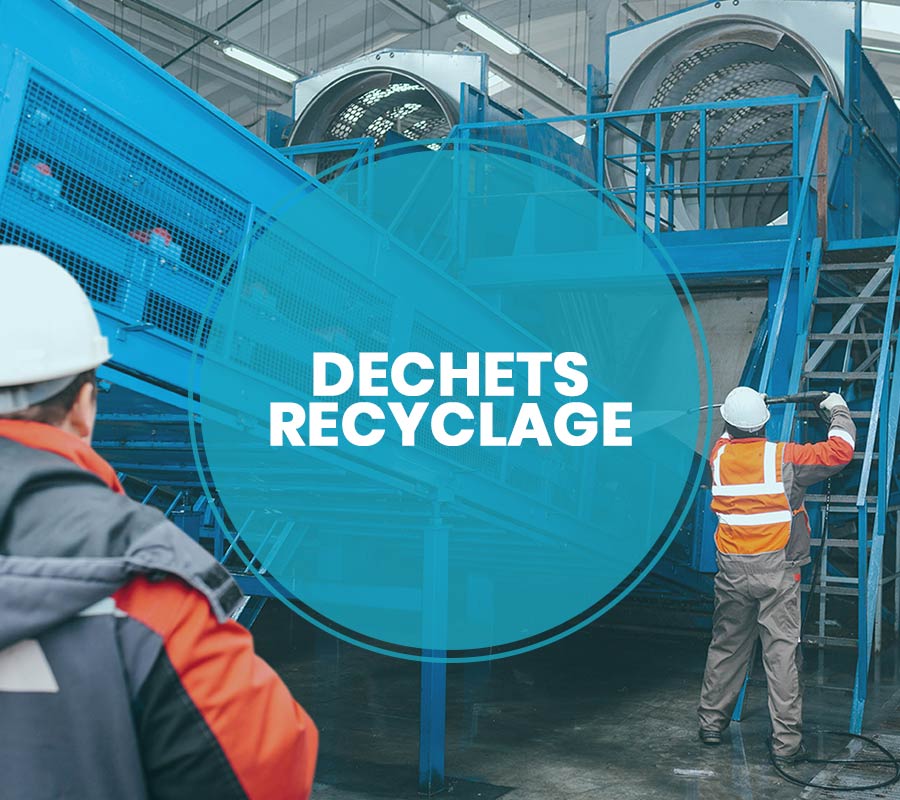THE CHALLENGES OF DUST EXTRACTION AND CLEANING FLOORS AND EQUIPMENT IN THE FOOD PROCESSING INDUSTRY
Cereal farmers, seed companies, flour millers, malting companies, brewers, starch suppliers, but also industrial bakers as well as animal nutrition and cooperatives and professionals in the food processing sector and bulk industry…
Protecting the health of your employees against exposure to vegetable dust is a fundamental, daily challenge.

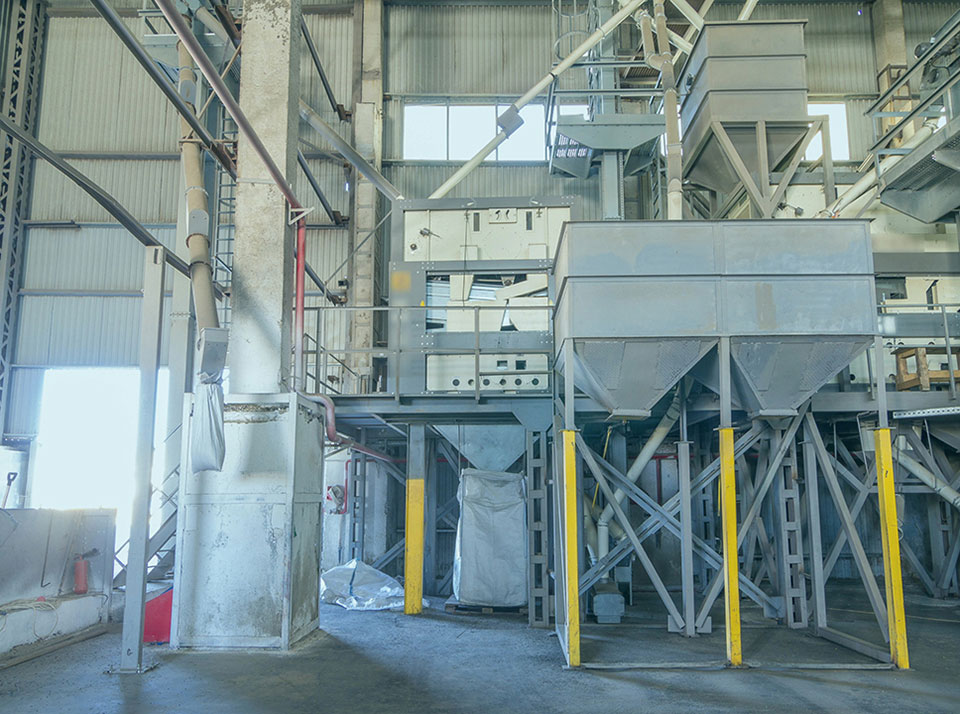
Our expertise
Handling (unloading, receiving, handling, sorting, bag emptying, weighing, etc.) and processing equipment (cleaner, grinder, dryer, kneading machine, mixer, etc.) generates pathogenic dust that can cause respiratory problems and allergic reactions.
Suction on these various processes, but also the cleaning of production areas (cleaning floors and machinery) improves the working conditions of operators, as well as reducing the risk of explosion by complying with ATEX zoning.
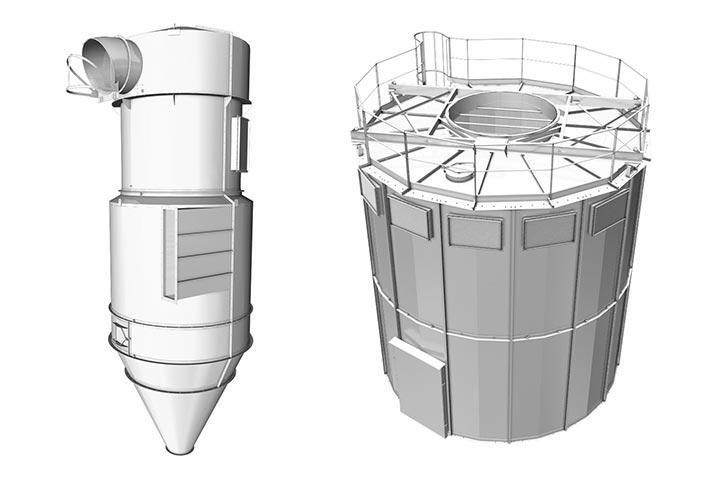
A wide range of dust extraction equipment
To address all of the problems faced by companies in the cereal, and herbs and spices sector, CATTINAIR designs and offers a wide range of industrial dust extraction equipment, such as Cyclofilters, which complies with the ATEX Directive.
These dust extractors are installed to ensure continuous suction on production equipment, but they are also used to filter air from centralised cleaning installations (extraction unit).
Expert in “turnkey” engineering
The installation of industrial dust extraction equipment is the solution best-suited to this issue. After a personalised and in-depth process study, our project managers develop a specific, ergonomic dust extraction system that captures contaminants at source.
For all grain, seed, flour and dust residues in and around the production tool. Our centralised extraction solutions collect grain, seeds, flour and dust by means of cleaning accessories (suction nozzles, brushes, pipes, etc.) connected to vacuum extraction hoses and outlets. The extraction points are installed directly in the workshop to enable the thorough cleaning of production areas and ensure a clean industrial environment and thereby compliance with ATEX regulations.
A comprehensive offer
Commissioning of installations by our project managers who helped design the installation.
Monitoring of proper functioning and measurement of air speeds and pressure losses of each machine and at different points of the suction collectors, motor intensities, as well as sound levels which are included in the technical file and certify compliance with the regulations.
Our Service Department offers original spare parts, upgrading and preventive maintenance contracts.
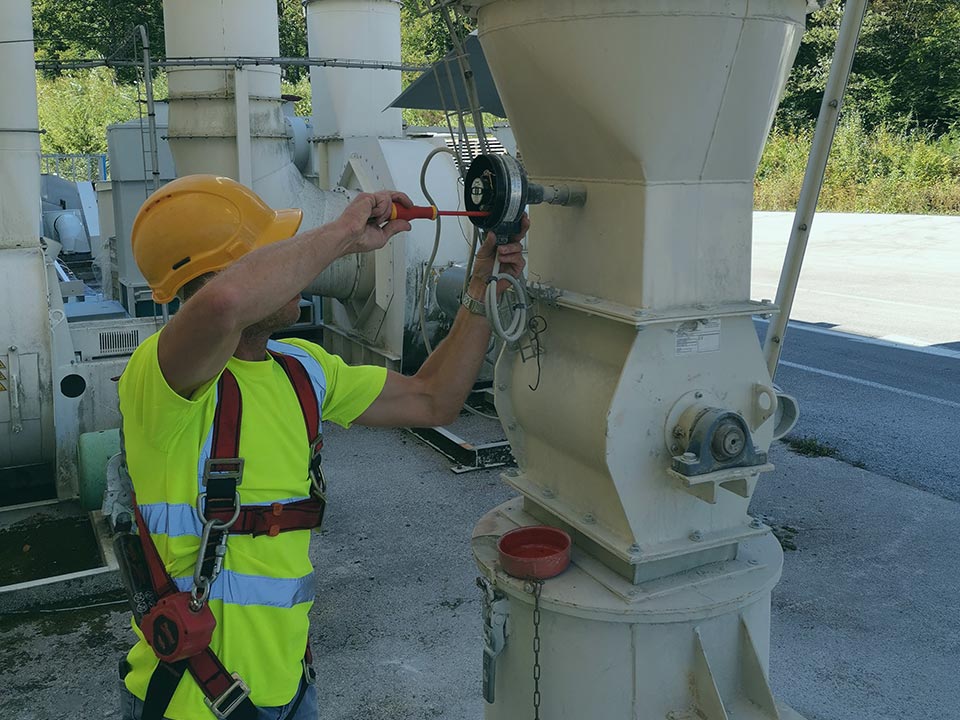
Our references
Agricultural cooperative
Application:
suction of hemp dust
Equipment installed:
Cyclofilter 4X8
Airflow rate:
47,800 m3/h
Benefits for the customer:
dust extraction essential for the smooth functioning of machinery, the quality of the finished product and recycling of dust
Agricultural and wine-gowing cooperative
Application:
suction of cereal dust
Equipment installed:
Cyclofilter 4Y6
Airflow rate:
33,000 m3/h
Benefits for the customer:
good suction essential for grain cleaning, dust extraction for ATEX decommissioning of the handling tower.
Food processing
Application:
suction of cereal dust
Equipment installed:
Cyclofilter 4Y9 + 4Y8; variable flow rate
Air flow rate:
90,000 + 53,000 m3/h
Benefits for the customer:
good suction essential for grain cleaning, dust extraction for ATEX decommissioning of the handling tower.
Are you an installer/fitter?
Regulations
Dust of plant (bagasse, cotton, cereals, flour, etc.) or animal origin (droppings from hens, pigeons, budgerigars, etc.) provides numerous and varied sources of exposure in the work environment which can cause health problems in operators. This dust may come directly from the raw materials used (in powder form in particular) and are released during their production, transportation storage or implementation (extraction, crushing of mineral ores, flour production, manufacture and use of plastic materials, etc.).
The occupational exposure limits apply to all forms of dust (marble, dust, etc.). Article R. 4222-10 of the French Labour Code.
8-hour time weighted average
- total dust: = 10 mg/m3 of air
- respirable dust = 5 mg/m3 of air
Dust can cause explosions. Solutions are available to reduce this risk which must comply with the ATEX Directive.
More information available in our Regulations section.




